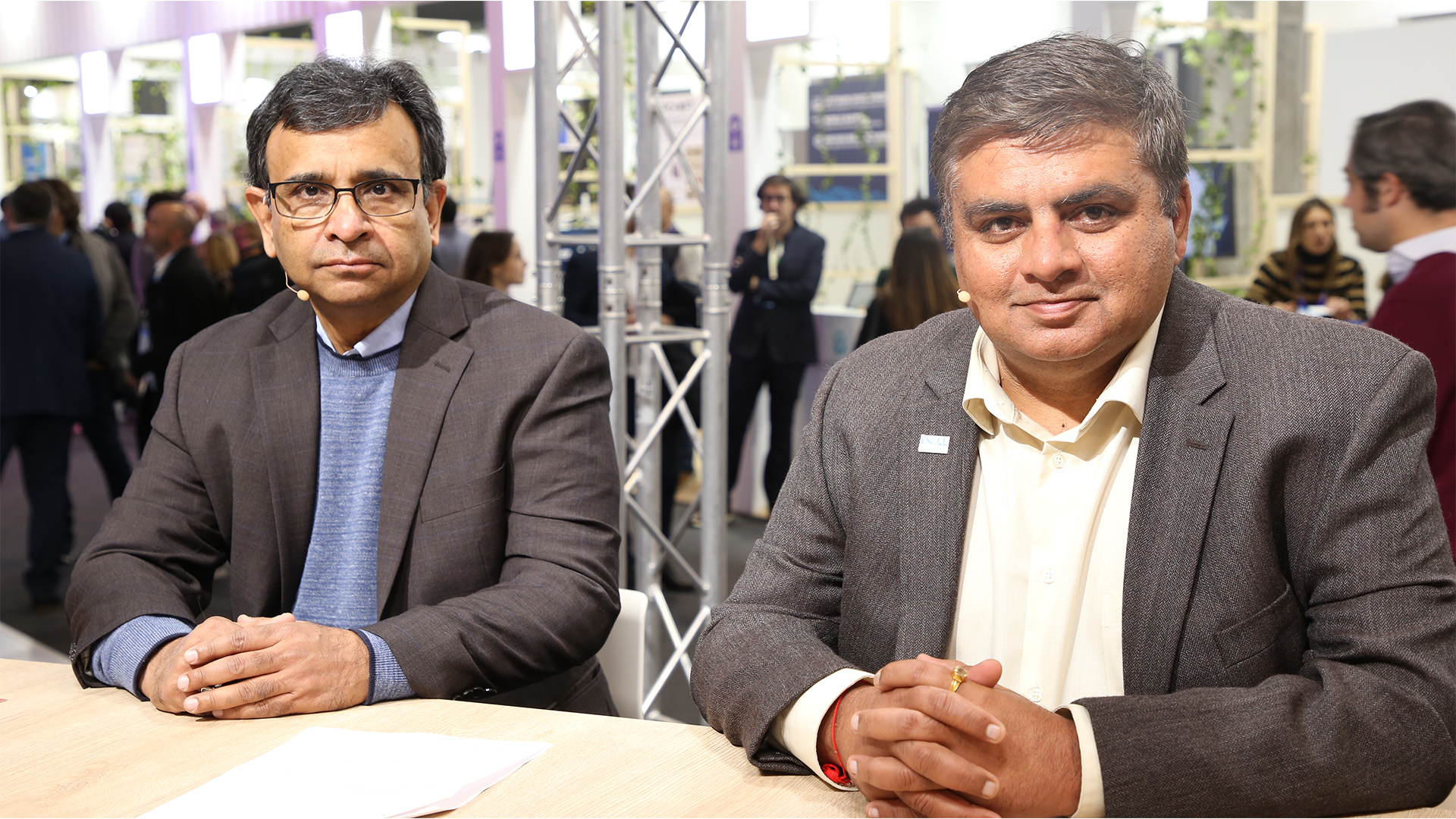 INFRA
INFRA
 INFRA
INFRA
 INFRA
INFRA
A lot of buzz has accompanied the exciting innovations coming to networking, such as 5G, edge computing and Open RAN.
But behind the curtain lies another, equally important factor — power consumption. Operating expenditures are soaring as a result of increasingly power-hungry hardware. Thus, efforts need to be directed toward trimming power needs across the board, from processing to storage, according to Udayan Mukherjee (pictured, left), senior fellow, Network and Edge Group, at Intel.
“This morning I had a discussion with an operator, and the first thing he said was that electricity consumption is more expensive nowadays than the total real estate that he’s spending money on,” he said. “It’s like that is the number one thing to change, bringing power consumption down.”
Mukherjee and Manish Singh (pictured, right), chief technology officer, telecom systems business, at Dell Technologies Inc., spoke with theCUBE industry analysts Dave Vellante and David Nicholson at MWC 2023, during an exclusive broadcast on theCUBE, SiliconANGLE Media’s livestreaming studio. They discussed the need for efforts to reduce energy consumption in enterprise computing. (* Disclosure below.)
Intel, for its part, understands the cost and sustainability benefits of low-power systems and has supported system-controlled power states within its chips for a while, Mukherjee explained.
“These states, as we call it power states, C-state or P-state, they’ve been built into Intel chips for a long time. Cloud providers are taking advantage of it. But telcos often switch it off in the bios. They always wanted peak consumption, but that is changing now,” he stated.
Servers are perhaps the single largest power consumers in any computing infrastructure, and Dell is known for its enterprise-grade offerings in that niche. Thus, from a more overarching view, companies must undertake shrewd infrastructure audits and upgrades to maintain efficiency, according to Singh.
“As you go from previous-generation servers to next-generation servers, you get better cooling and better performance,” he said. “And through all of that, you start to gain power usage efficiency inside a data center. And you take that out more into the networks and start to achieve those same outcomes.”
SiliconANGLE has previously reported, silicon players like Intel, Broadcom and others are on a mission to evolve the next generation telecommunications systems. Energy consumption is a key agenda item not only for telco data center operators but also to support public policy and government initiatives to reduce energy consumption and drive sustainability. This topic was a big theme at MWC 2023 and is likely to continue well into the decade and beyond.
Here’s the complete video interview, part of SiliconANGLE’s and theCUBE’s coverage of the MWC 2023 event:
(* Disclosure: TheCUBE is a paid media partner for MWC 2023. Neither Dell Technologies Inc., the primary sponsor for theCUBE’s event coverage, nor other sponsors have editorial control over content on theCUBE or SiliconANGLE.)
THANK YOU